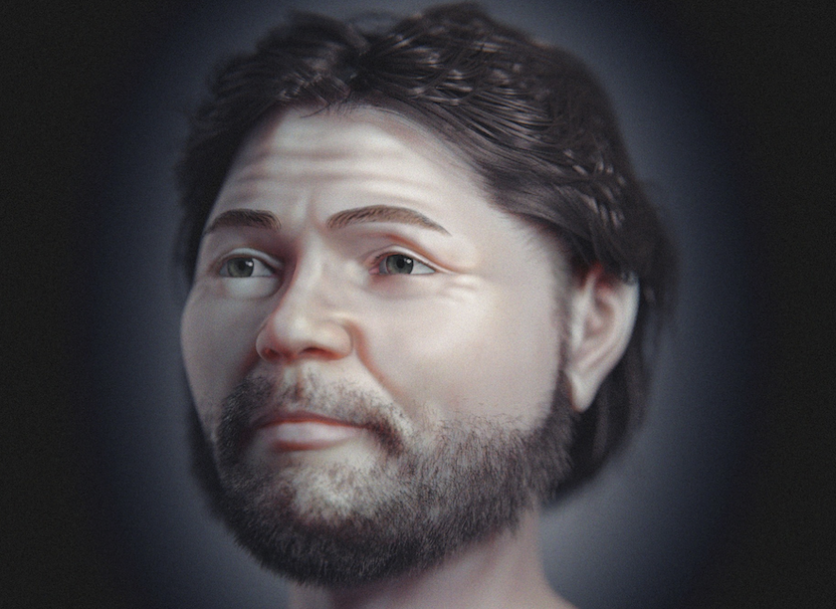The Battle of Gotland took place many centuries ago, and researchers are now looking into a warrior's death from a bludgeoned face struck with an axe, centering on a 3D reconstruction of his face. A Brazilian graphic designer and artist revealed the gruesome death of the warrior from the battle in 1361 between Swedish farmers and the Danish army.
The 3D facial reconstruction helped look into what happened in the past, particularly in this war which dates back thousands of years ago, in the early age of civilization.
3D Face Reconstruction Reveals Gruesome Death

Brazilian artist and graphics expert Cícero Moraes published a study regarding a skeleton from the Battle of Gotland where he used 3D technology to reconstruct the face and determine the cause of death. The man in question is a warrior in the Swedish and Danish war which took place in 1361, who took an axe to the face, the main reason for his death.
The gruesome death is revealed in his skull which has a massive would extending from below his nose and mouth, something which also struck his teeth.
According to Moraes said in an email (via Live Science), the warrior's injury is most likely from an ax, which the enemy blow delivered to his face resulting in his death.
Battle of Gotland: Warrior's 3D Reconstruction
Not only did the researcher determine his cause of death, but also the warrior's face which used 3D reconstruction to show his looks without the massive gash on his face. It showed that the warrior has dark hair, accompanied by a beard for his facial hair of the same color, as well as dark-colored eyes.
Moraes also reconstructed his face with the final conditions of his skull, one with the wound from getting bludgeoned by an ax.
3D Technology and Facial Reconstruction
Skulls may have no faces anymore, something which at first sight, will be unperceivable for the naked eye and regular people to discern or distinguish a look from their previous owners. However, through the use of technology and research, studies help in giving them identity and looking into their past lives to get to know them more.
One example would be the Penang Woman who lived 5,700 years ago in the Neolithic stone age, where researchers were able to know what an early woman looked like in the Malaysian civilization. The 3D technology helped in determining more than the person's look during their life, but also their age when they met their ultimate demise.
On the other hand, it is highly effective in its use for skulls even from games, as a "Skyrim" skeleton got the same treatment from researchers to determine the man's look as depicted in the game.
In the many applications and use of reversing technology, particularly with 3D facial reconstruction, there are more information and details unlocked during this time, to explain the past and history of our world. The Battle of Gotland is only one of the many unknown and unnamed warriors who perished in the past, something which research and graphic design may help.
Related Article : What do Egyptian Mummies Look Like? DNA Recreation Shows Digital Image Through 3D Reconstruction
This article is owned by TechTimes
Written by Isaiah Richard
![Apple Watch Series 10 [GPS 42mm]](https://d.techtimes.com/en/full/453899/apple-watch-series-10-gps-42mm.jpg?w=184&h=103&f=9fb3c2ea2db928c663d1d2eadbcb3e52)



